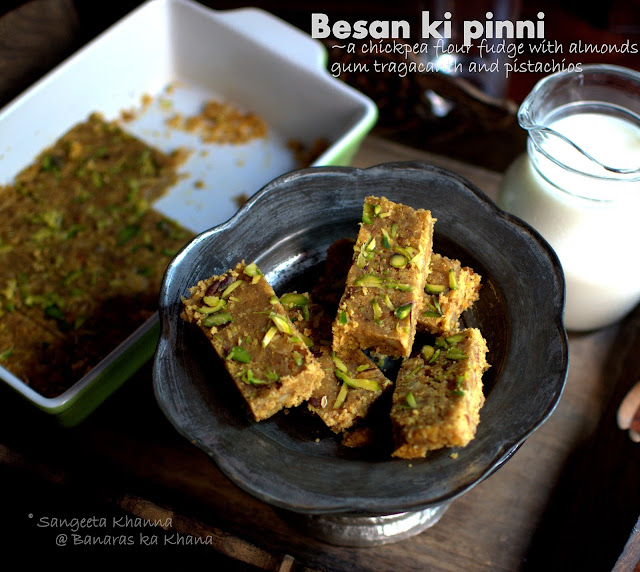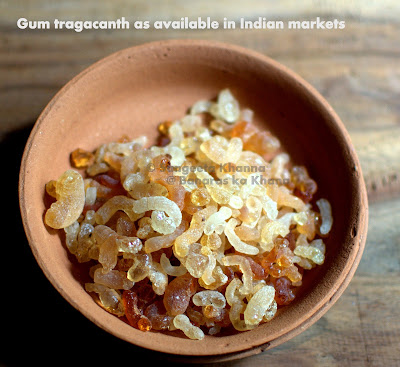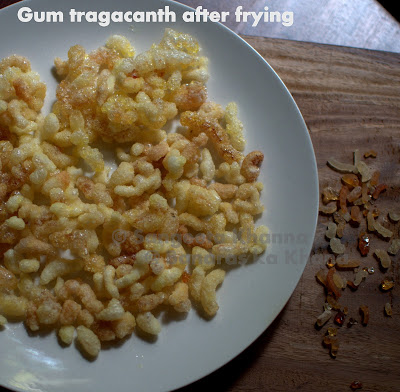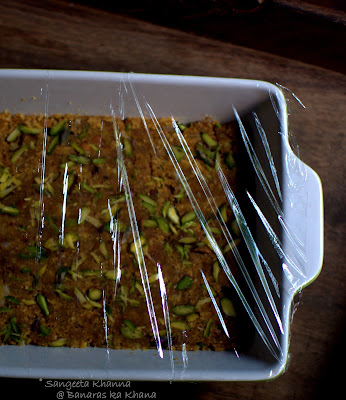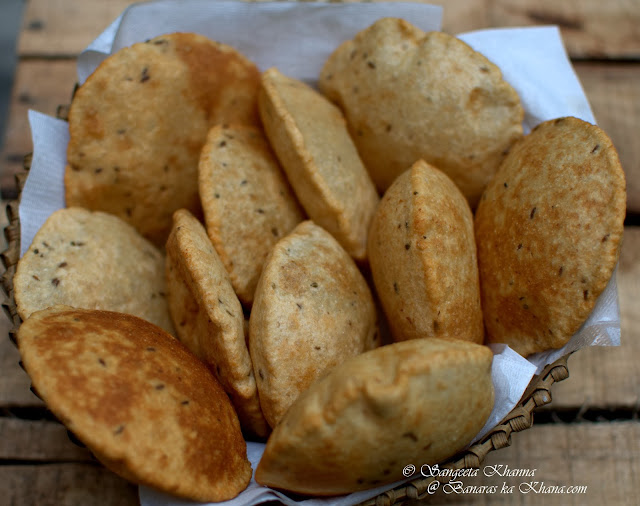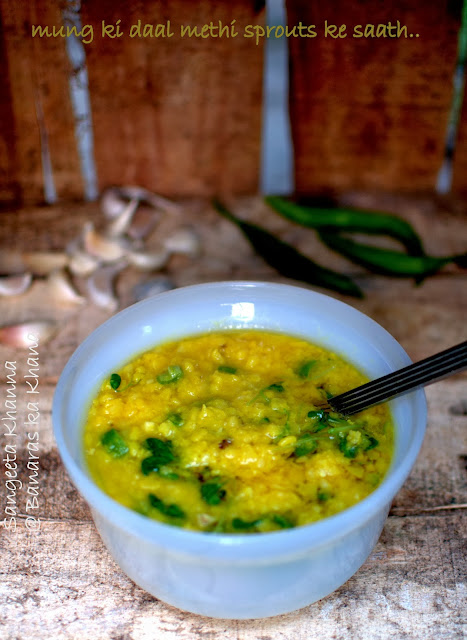I grew up eating this besan ki pinni. And it used to be a round huge ball dripping with ghee, interspersed with few nuts and I remember my tiny hands would be full struggling with this pinni. Well, it's weird talking about my tiny hands as I have really huge hands as an adult, but those days are etched in my mind. This used to be a school lunch box thing and I remember I used to wait for the turn of besan ki pinni in my lunch box. I still remember that aroma more than the ones I cook now. Such are memories and such are the ways we connect with our food.
Besan ki pinni was made freshly those days. It was a way to fortify a warming sweet besan ka halwa, and to keep it for longer duration too probably, as there is not much difference in the ingredients apart from the tragacanth gum (gond) and the amount of nuts used. Some recipes use added khoya or evaporated milk in it and that makes the pinni quite rich. I like the roasted besan flavours more so no khoya for me. Moisture in pinni is definitely lesser than the halwa.
I like adding the gurbandi almonds (small, more rounded variety with high fat content) to such desserts as the flavour is much better than regular almonds.
These are some of the desi desserts that I like. I love anything made using besan (chickpea flour) by the way. I saw the besan ki pinni transforming as I grew up. It was being made into bars or squares, looked like a yellow nut studded fudge and was easier to shape. I adapted this shape when I started making pinnis, as it was easier to set in a flat tray rather than making balls with hot cooked pinni mix.
And when we recently tasted pinni again at The Claridges dhaba, I reminded myself to make some pinni soon. And here it is.
ingredients :
Besan (chickpea flour) 250 gm
ghee 100 gm
almonds 100 gm (I used Gurbandi almonds, small in size and higher fat content)
pistachios 10-15 gm
*gum tragacanth 40 gm (optional)
sugar 100 gm (I used 60 gm as we like it very mildly sweet)
milk 1/3 cup
*Gum tragacanth adds a nice bite and mouth feel to the pinni and has health benefits as well.
In folk medicine it has been used for a laxative, persistent cough, diarrhea, and as an aphrodesiac. Modern pharmaceutical uses include an adhesive agent for pills and tablets, and for emulsifying oil droplets in lotions, creams and pastes. Its superior water absorbing qualities make it an excellent thickening agent. Gum tragacanth is used in many everyday commercial products, from cosmetics and toothpaste to jellies and salad dressings. ~ source.
procedure :
Fry the gum tragacanth (gond, if using) in hot ghee and let them fluff up. Remove using a slotted spoon and save. See how it looks after frying.
Let it cool and crush lightly.
Make a coarse powder of the fried gum and almonds in food processor or mixie.
Now heat the remaining ghee and dump the besan in it. Roast the besan on low flame till nice and brown, the sign is the aroma of bhuna besan (roasted chickpea flour) and you see the ghee starts separating from the roasted besan. If using lesser ghee like this recipe, you start with a dry sandy mixture while roasting the besan, and then it starts coming together while it gets roasted.
You can mix the besan with ghee nicely, rubbing with your fingers and bake in the oven at 180 C for about 20 minutes or till it gets browned. Stirring the besan a couple of times in between.
Add the sugar and the coarse powder of gum and almonds to this mixture and stir to mix well. Now add the milk slowly and keep folding the slightly wet mixture so it all comes together like a crumbled cake. You might use up a bit more milk that suggested in the recipe.
Dump it all into a flat tray or plate, whatever is convenient and press using a wide blade of knife or the back of a steel plate.
Sprinkle chopped pistachios over it and press down again, I used a small wooden chopping board that fits inside this tray. Let this tray rest overnight, or at least for 2 hours, cling wrapped or covered properly.
It gets set and looks like this.
Cut this set pinni in desired shapes and enjoy at room temperature. It keeps well for about 3 days at room temperature and for about 2 weeks when refrigerated. You would like to warm it up in microwave if refrigerated, before you serve it. Warm is better for me, the ghee in the pinni hardens it when refrigerated. Some like it hard too, so you can decide for yourself.
Besan ki pinni is a traditional breakfast dish also, taken with milk and some fruit it makes a healthy choice. A desi gluten free granola bar I would say. Lightly sweetened and studded with healthy nuts.
Either in the shape of such bars or laddoos, these are a sweet treat everyone would like and at any time. But I would recommend it in small portions as a dessert.
For a breakfast you can have a large portion as it is a protein rich bar that way. I have a cheats recipe with this pinni as well. Sometimes I just dunk one bar in a very hot glass of milk and dissolve it. It makes a nice warming drink when you are not well. Or a porridge consistency if not a drink.
Try that, You will be surprised with how it comforts you.
Do let me know when you try this besan ki pinni. This is one healthy dessert if you keep the sugar minimal. I would have used raw sugar but I had used up my stock when I decided to make besan ki pinni.
Next time raw sugar it will be, darker pinni, richer taste. And this pinni is not the ghee dripping types, much leaner I would say :-)
